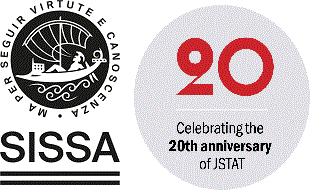Abstract
We investigate the properties of an autoassociative network of threshold-linear units whose synaptic connectivity is spatially structured and asymmetric. Since the methods of equilibrium statistical mechanics cannot be applied to such a network due to the lack of a Hamiltonian, we approach the problem through a signal-to-noise analysis, that we adapt to spatially organized networks. The conditions are analysed for the appearance of stable, spatially non-uniform profiles of activity with large overlaps with one of the stored patterns. It is also shown, with simulations and analytic results, that the storage capacity does not decrease much when the connectivity of the network becomes short range. In addition, the method used here enables us to calculate exactly the storage capacity of a randomly connected network with arbitrary degree of dilution.
Export citation and abstract BibTeX RIS

